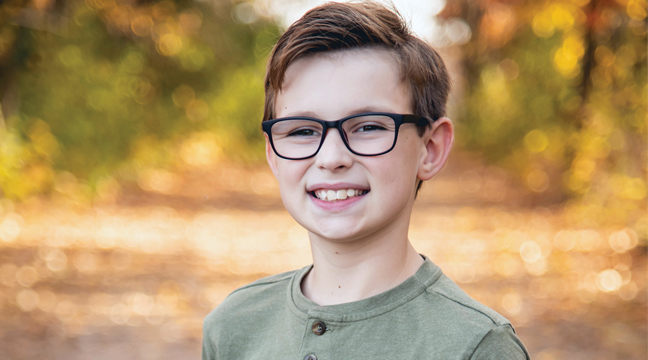There are several animals that by their very nature are not easily observed or photographed in the wild. Recently while leading a winter photo tour to Yellowstone National Park, I had an opportunity to see but also capture some images of one of these elusive animals, the Bobcat (Lynx rufus) in the wild. It all started with a friend/photo tour leader letting me know that a Bobcat was feeding on a deer carcass in a narrow canyon.
So, early one morning with temperatures hovering just below zero degrees F, we set out to see and photograph this Bobcat. We were dropped off on a backcountry road accessible by snow coach only. The snow beneath our boots squeaked loudly with each step as we gathered up all our gear for a hike to the Bobcats location. At these elevations breathing can be difficult but adding in the extremely cold air meant that the hike that lay before us was going to be a challenge. I was carrying a tripod with a camera and my longest lens. I also had a second camera and shorter lens slung across my body. Together, both camera setups weigh over 20 pounds, which didn’t make the hike any easier. My pockets where full of backup batteries and all the other accessories needed for a full day of photographing.
Hiking along, the trees that flanked us on both sides were completely draped with a thick blanket of fresh snow. It wasn’t long before we could hear a fast-moving river. The trail paralleled the river for another quarter of a mile. We had walked into a steep walled canyon with rock walls reaching over 400 feet overhead.
When we reached our destination, everyone set down their gear to take a breather. Across the river, on a steep, snow covered river bank, we could see where a deer had fallen to its death from the top of the canyon walls. But where was the Bobcat?
Even though the Bobcat ranges across most of the United States and as far north as southern Canada, they are rarely seen. I have been successful at photographing a few Bobcats over the years in places like Arizona, California and Florida but only once before in a snowy winter setting.
The name Bobcat comes from the stubby, or “bobbed” tail. They are a small to medium sized cat that has been successful at inhabiting a wide range of habitats from woodlands to prairie and from deserts to swamplands. Like most cats the Bobcat is solitary, except for mothers with kittens, and stay in a fairly large territory or home range.
Bobcats have a tan to reddish brown coat with darker markings throughout to help them blend into their environment. They have dark bars on their forelegs that also helps in camouflage. The ears are black tipped with short black tufts of fur that are often difficult to see. Their head and face often look large due to extra long fur just below its ears and around its face called a ruff. The male’s ruff is larger and more pronounced than the female’s.
The average weight of an adult male Bobcat is around 20 pounds, while females are around 15 pounds, which is just slightly more than your average domestic house cat. The trick to separating a Bobcat from a Lynx (Lynx canadensis) is the tail. The tip of a Bobcat tail has black on top and white underneath. The Lynx tail looks like the entire tip of the tail was dipped in black ink.
How this Bobcat found the deer carcass in the first place at the end of a very deep canyon is still a mystery. When we arrived at the carcass, we didn’t see the Bobcat right away. The cat was hanging out against the rocky canyon wall about 60 feet above the carcass and blended into the rock wall extremely well. We set up our camera gear in preparation for the cat to make its way through the deep snow down to the deer carcass to feed.
The first morning we spent five hours standing in the cold carefully watching and capturing images of the Bobcat doing a variety of natural behaviors. Over the next three days we returned three more times and each time the Bobcat was doing something different which allowed us to capture some amazing images.
On the last day we arrived at 1 p.m. The cat had eaten much of the deer carcass over the past week or so and was resting up against the canyon wall. Shortly after we set up the cameras the cat stood up and stretched and scratched the snow in typical cat fashion. Then without even turning its head to look around it started climbing the steep snowy canyon walls. It took less than 10 minutes for the Bobcat to climb high and out of sight. We all felt honored to get a chance to see one of nature’s most secretive critters. Until next time…
Stan Tekiela is an author / naturalist who travels the U.S. to study and capture images of wildlife. He can be followed on www.Instagram.com, www.Facebook.com and www.Twitter.com. He can be contacted via his web page at www.NatureSmart.com.








